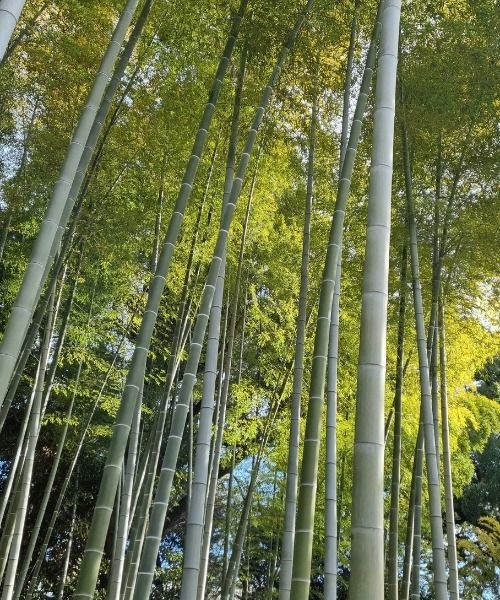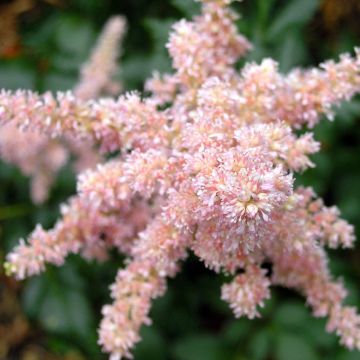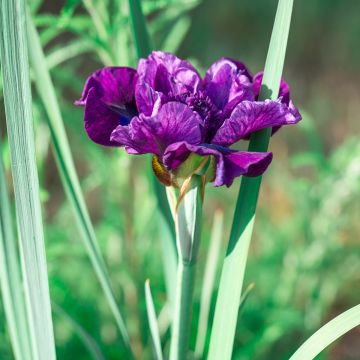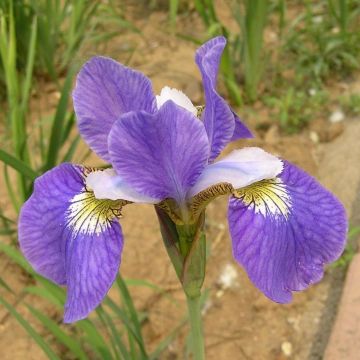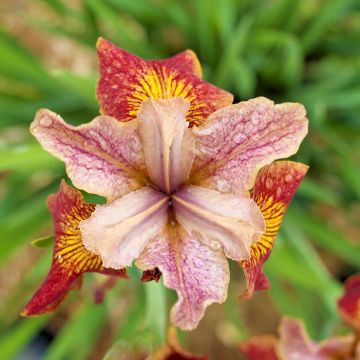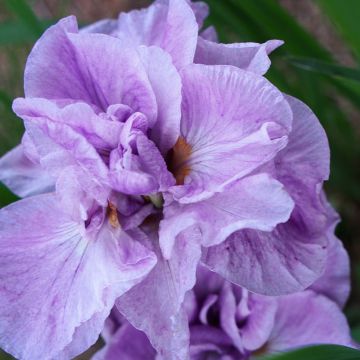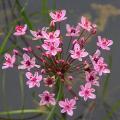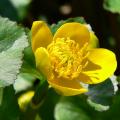Peripheral perennial aquatic plants, all our special offers
Does this plant fit my garden? Set up your Plantfit profile →
Available in 1 sizes
Available in 1 sizes

Available in 2 sizes
Available in 1 sizes
Available in 1 sizes
Available in 1 sizes

Available in 1 sizes
Available in 2 sizes

Available in 1 sizes
Available in 1 sizes
Available in 1 sizes
Available in 1 sizes
Available in 1 sizes

Available in 2 sizes
At the interface between two very different environments (aquatic and terrestrial), the vegetation of riverbanks presents an infinite diversity and therefore a wide choice for the gardener. We offer a selection of perennial plants for moist to wet soils, some of which can live with their feet in water all year round, while others require fresh soil in summer, none of them tolerating drought.
The role of riverbank plants is of course to stabilize the edges of the water feature through their root system (rhizomes or trailing roots), physically preventing erosion of this unstable area. They also provide protection for wildlife (amphibians and insects), and are densely populated with bacteria useful in the decomposition of organic matter or the storage of heavy metals. In this category, you can find reed maces, cattails, Arums, Astilbes, sedges, Gunneras, Houttuynias, and rushes.
As for the plants surrounding the pond, they have a decorative value and enhance the wet areas around the water points. They do not all have the same requirements in terms of light or freshness of the soil. They provide a refuge for birds and amphibians that frequent the edges of the water feature. These include Aconites, Alchemillas, bearded irises, Provence canes, Osmundas, and hostas among the perennial plants. Among the bushes, we can mention willows (grey willow, goat willow, creeping willow), Spireas, elderberry, and viburnums.
Haven't found what you were looking for?






































